What if Valais creativity also involved reinventing what already exists?
Upcycling, or the art of giving materials a new lease of life, is gaining ground in Valais. Combining entrepreneurship, fashion and design, it is shaping a future where creativity goes hand in hand with sustainability.
Nothing is lost, everything is transformed.
While recycling involves industrial processes to return materials to their raw state for reuse, upcycling tells a different story. It takes an object as it is and gives it a second life, a new use or a new design, without erasing its traces of the past. This approach aims to preserve resources, limit waste and stimulate creativity in a circular economy.
This approach is appealing because it combines creativity, ecological consistency and local economic potential. In Valais, several projects embody this dynamic and show that it is not just a passing fad: it is gradually structuring a truly creative ecosystem.
Givré : dormant materials serving art and utility
The team at Givré has a mantra: ‘There is no waste, only materials waiting to be transformed.’ In Vétroz, advertising banners, boat sails, fire hoses and temporary artworks are transformed into functional bags, pouches, kits and key rings. The company works within a short supply chain, sourcing materials from the region and producing locally.
Givré’s approach is both artistic and utilitarian. Artistic, because each piece tells a story and stands out as a unique object: cut-up exhibition tarpaulins from the Paper Museum become bags, fire hoses from the fire station are transformed into key rings, and tarpaulins from the PALP Festival are turned into purses. It is utilitarian because these creations are designed to be durable, functional and to accompany the daily lives of those who wear them.
Givré also designs custom pieces to meet the needs of professionals. The team has collaborated with the Samaritains Romands to create training mats for resuscitation mannequins, as well as removable cases for automated external defibrillators. The latter, made from new tarpaulins, guarantee optimal protection and are easy to clean, in accordance with the sector’s health requirements. These projects illustrate the workshop’s ability to adapt its creative expertise to the technical and functional requirements of the professional world, while favouring local products, manufactured with respect for materials and the environment.
Givré now juggles craftsmanship, design and social commitment, while embarking on a delicate transition: moving away from the voluntary model towards light industrialisation. This challenge also involves becoming more structured and professionalising the management of the company, but above all it represents an opportunity to show that upcycling can become a viable business model.
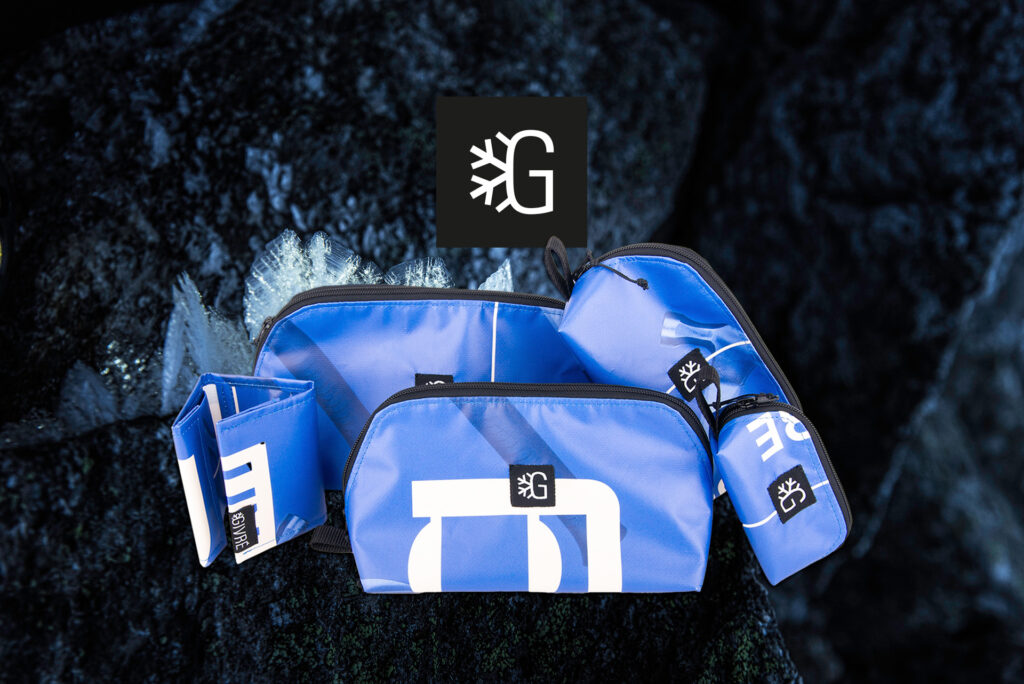
Schwarzberg: from paragliders to rucksacks
In Saas-Fee, the Schwarzberg association illustrates how upcycling can be fully integrated into the creative industries. Here, end-of-life paragliders are transformed into bags and accessories with unique designs, rooted in local expertise. Their approach is exemplary, with 95% of the materials used in their products coming from paragliders.
Each piece is unique, recognisable by its colours and the ripstop fabric weave of the paragliders. The ropes and carabiners are also reused. The zips, made in Switzerland by Riri from recycled materials, complete the ensemble. Each bag has been designed to last: it can be easily repaired, reinforced or adjusted over the years, instead of being replaced.
By focusing on short supply chains and craftsmanship in the Saas Valley, Schwarzberg shows that a local model can be synonymous with sustainable design – and that even a paraglider at the end of its flying life can embark on a whole new adventure.
Un terrain fertile pour la créativité valaisanne
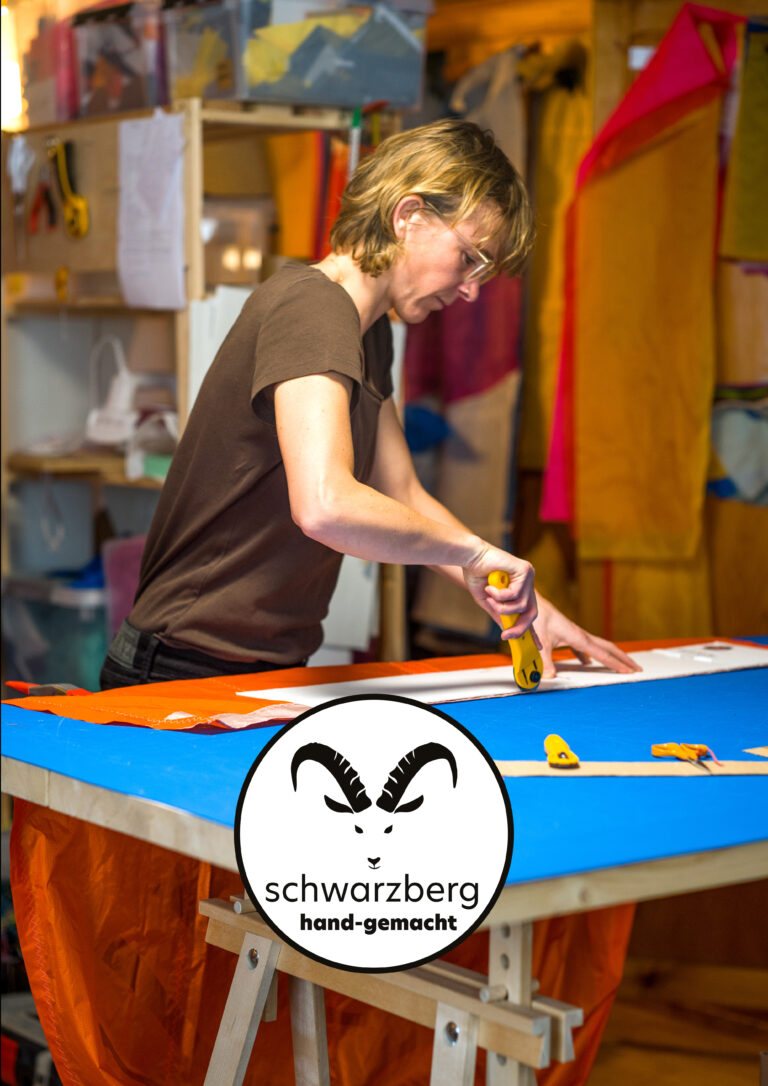
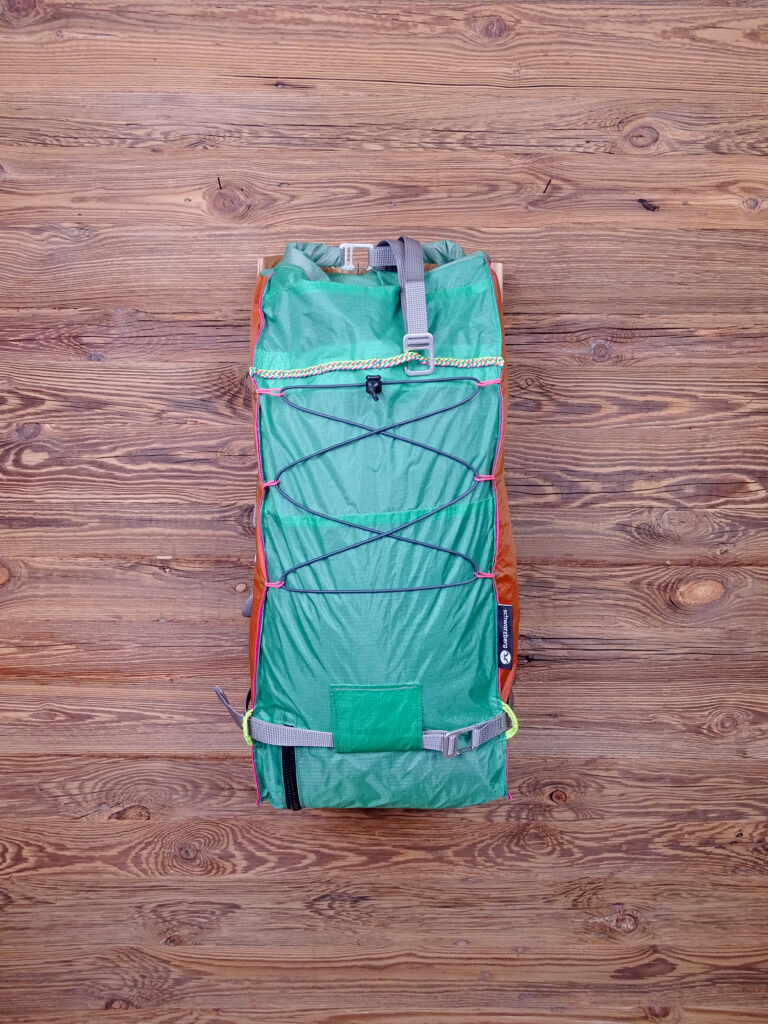
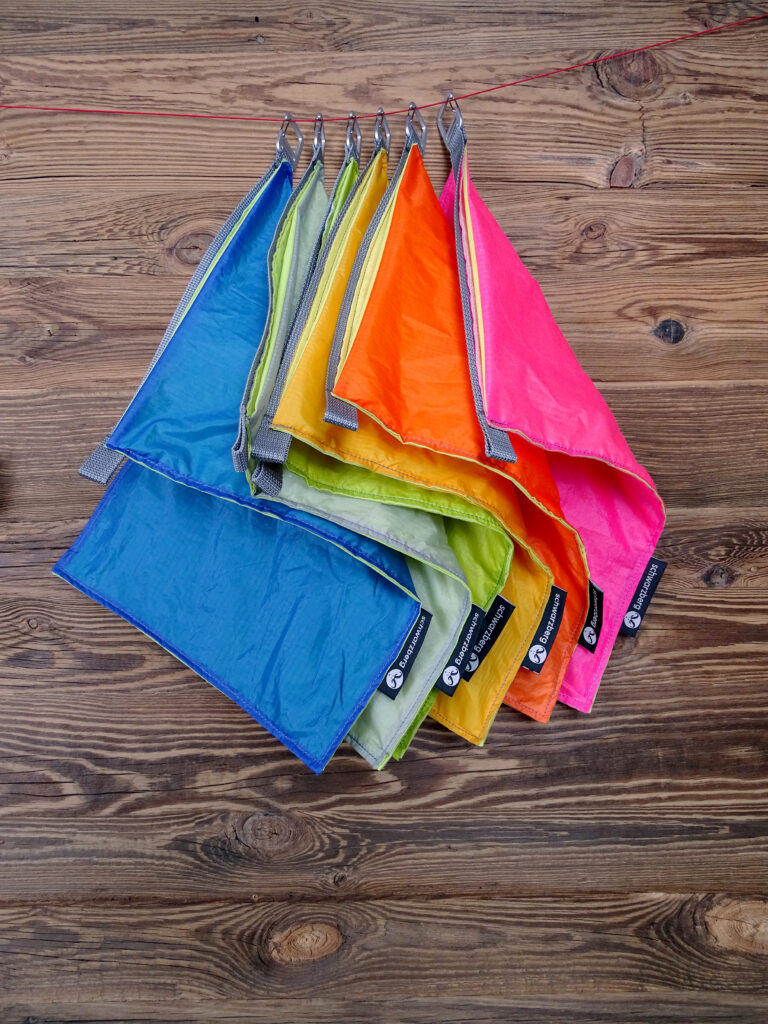
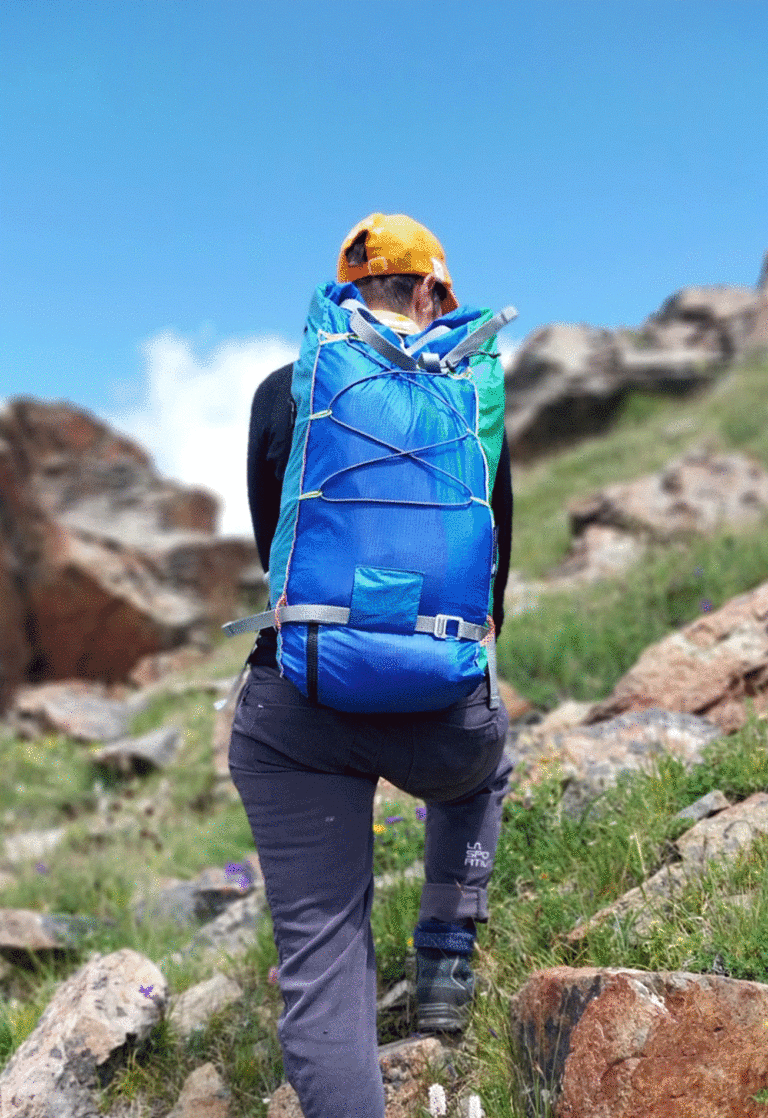
From Givré’s workshop to Schwarzberg’s unique bags, upcycling takes many unexpected forms. These initiatives show that it is possible to combine aesthetics, craftsmanship and environmental awareness, while giving materials a new lease of life.
However, there are still many challenges to overcome: how can we scale up without losing the soul of the projects? How can we secure a supply of reusable materials? How can profitability be ensured without falling into the pitfalls of mass production?
So many questions… but also so many opportunities. These projects show that upcycling opens up new perspectives for creativity in Valais, inviting us to imagine new ways of collaborating, producing and consuming.
